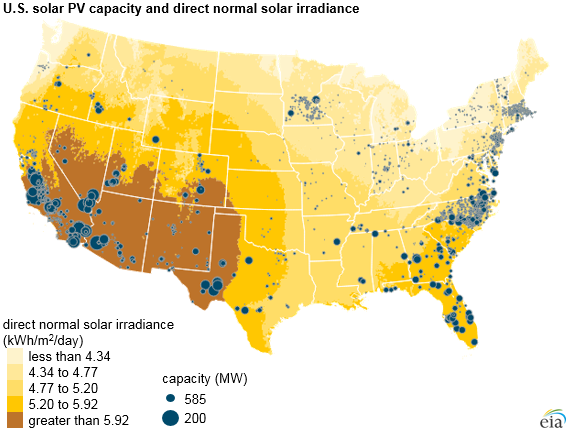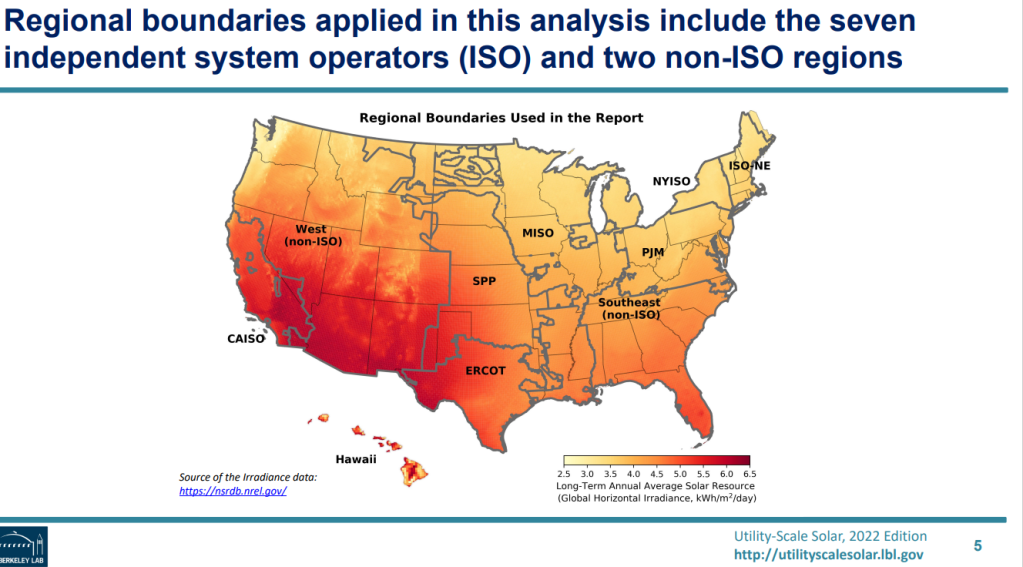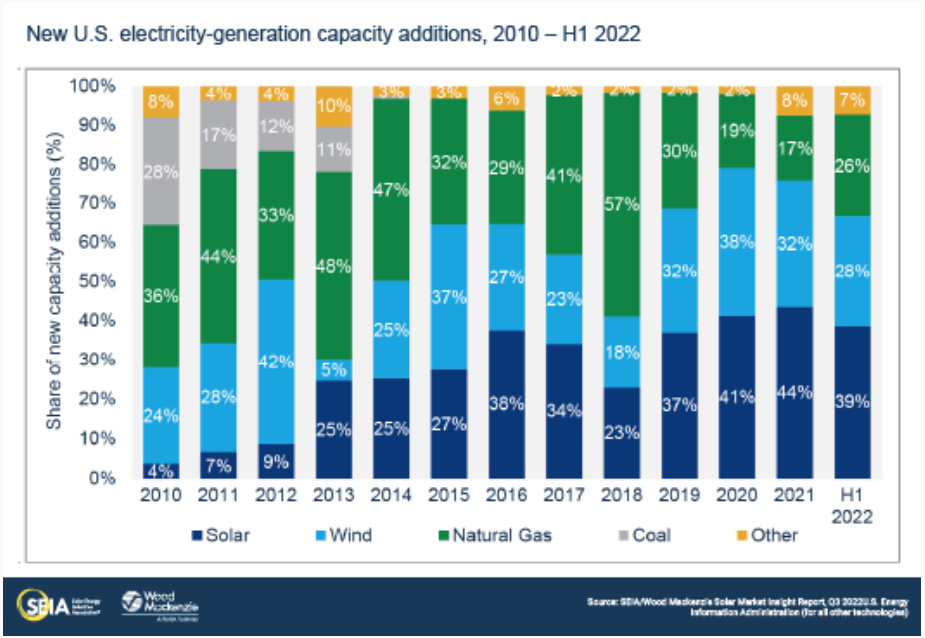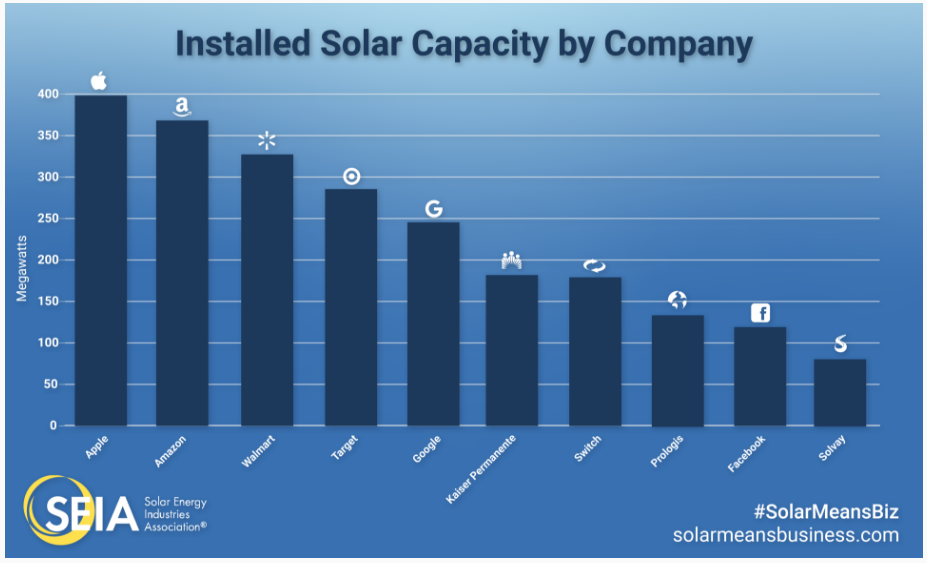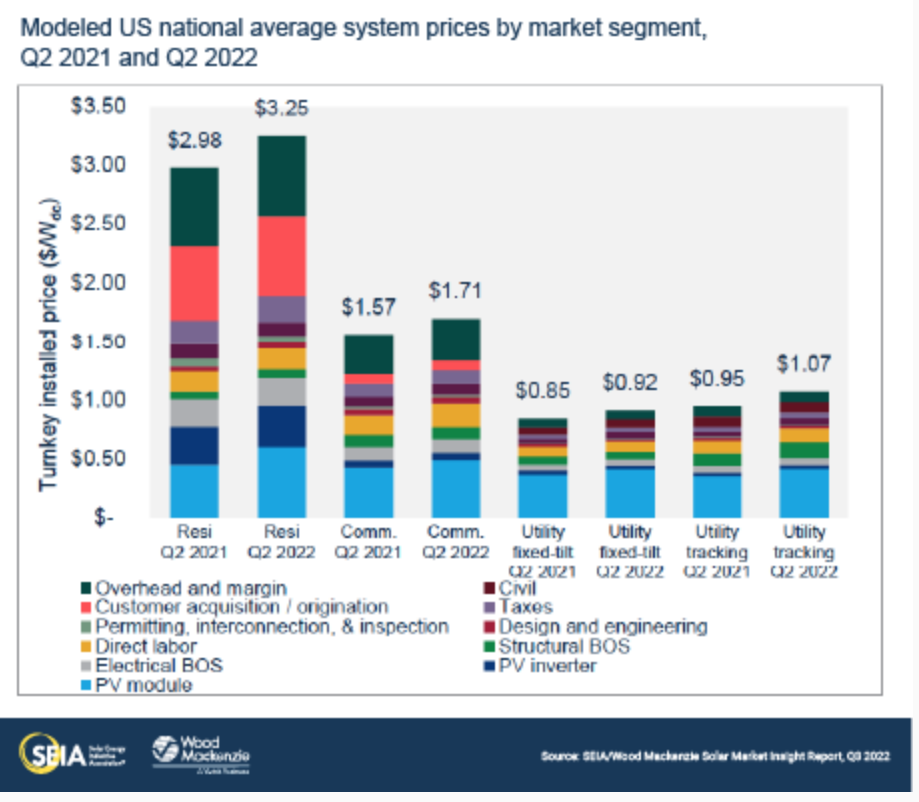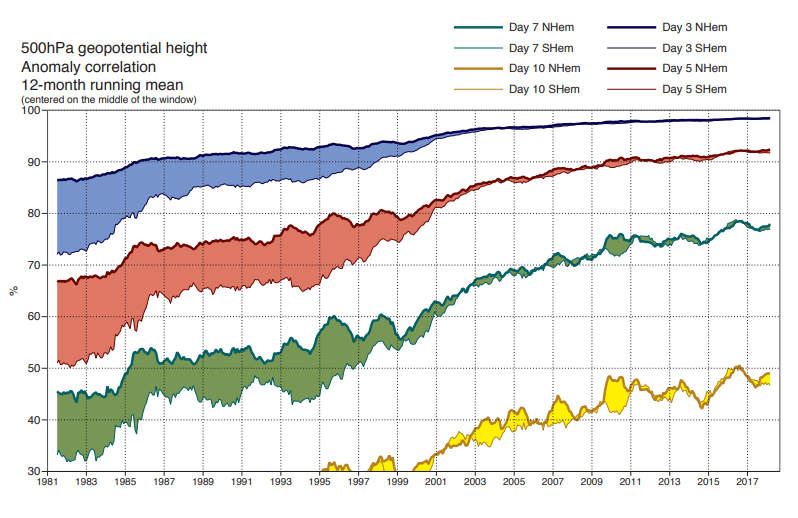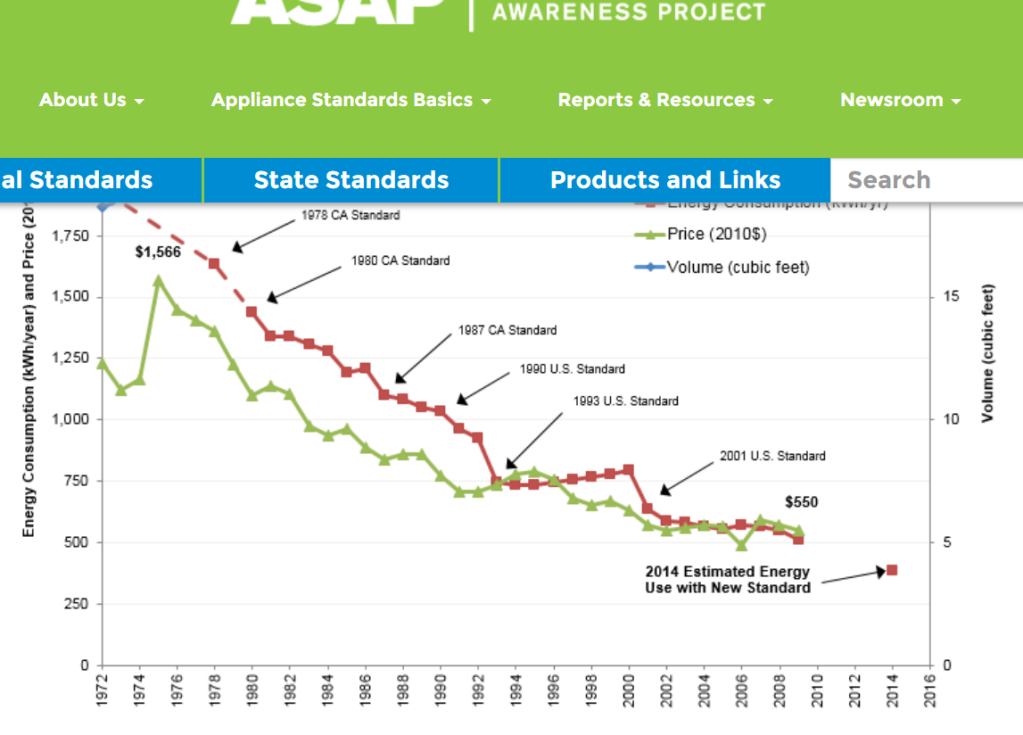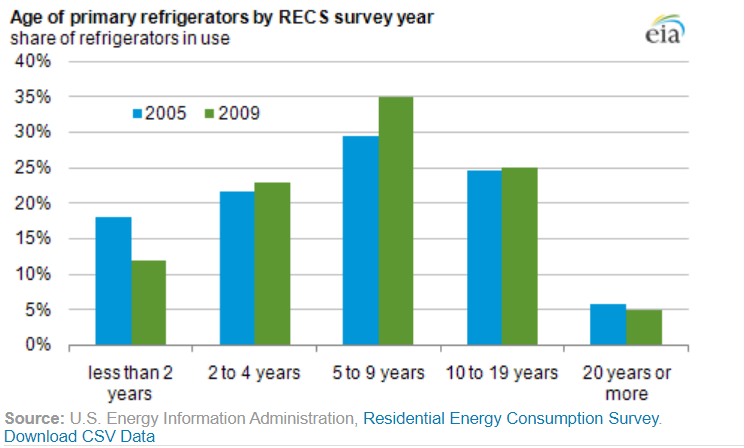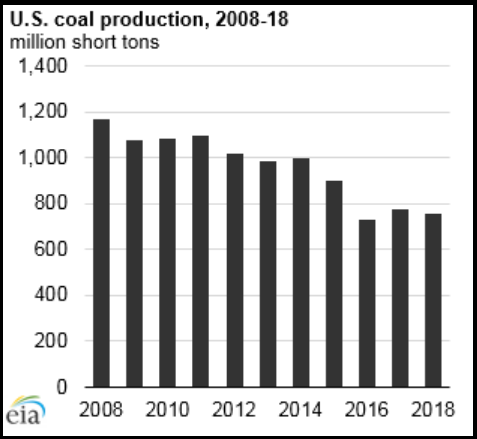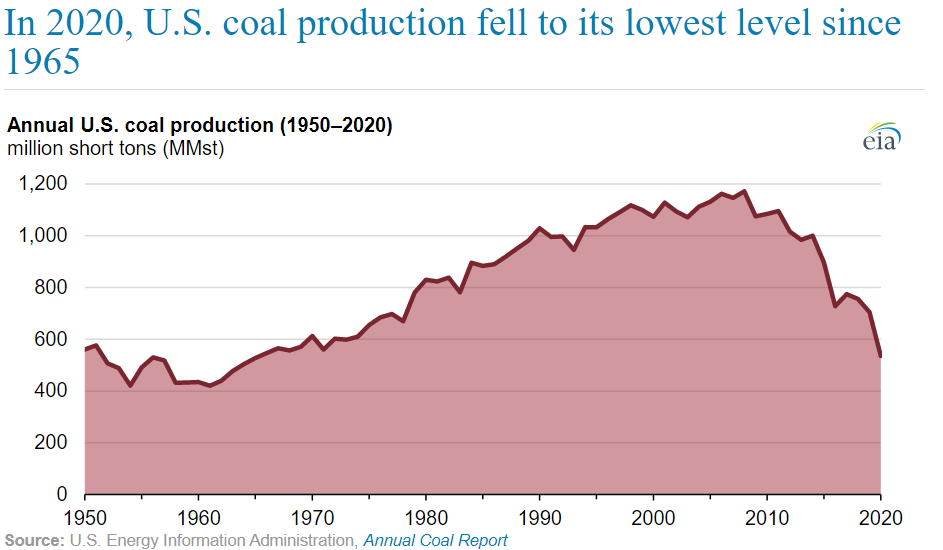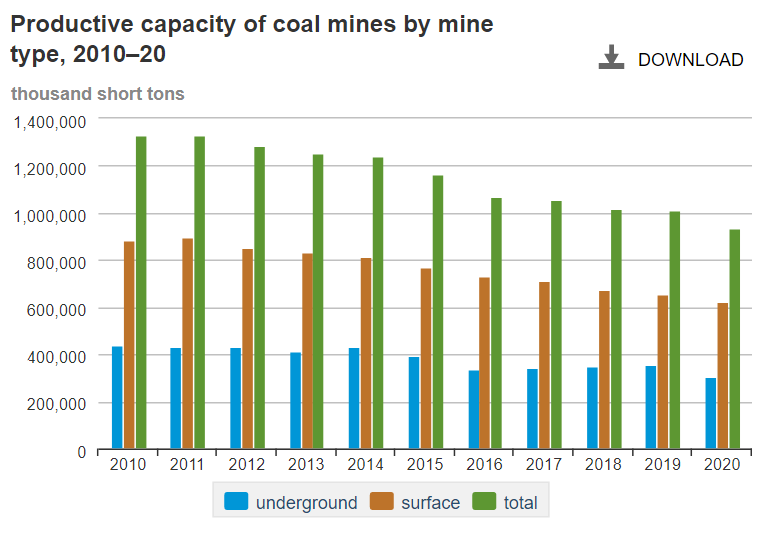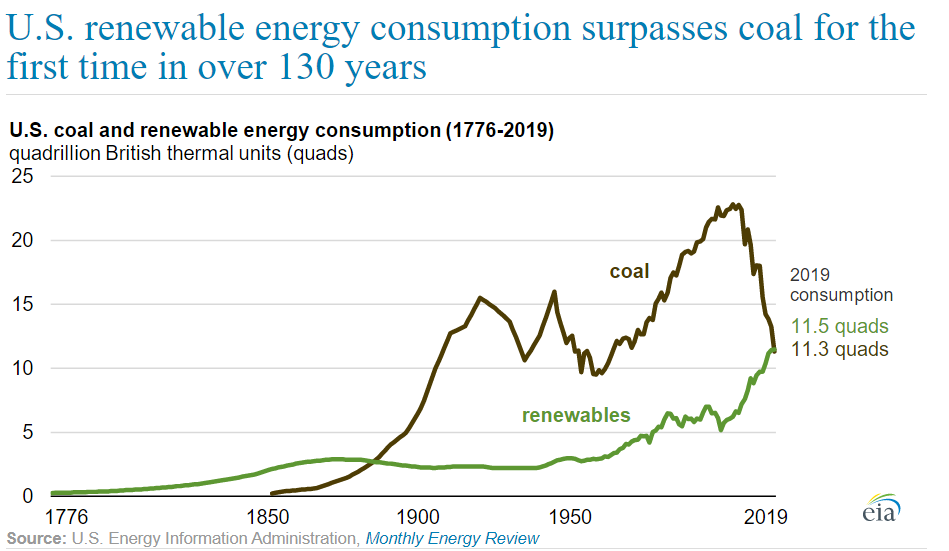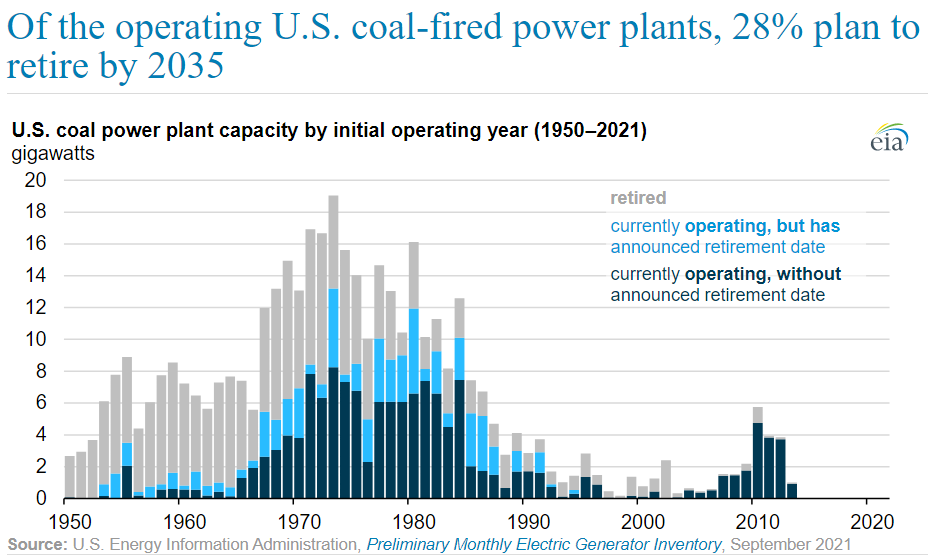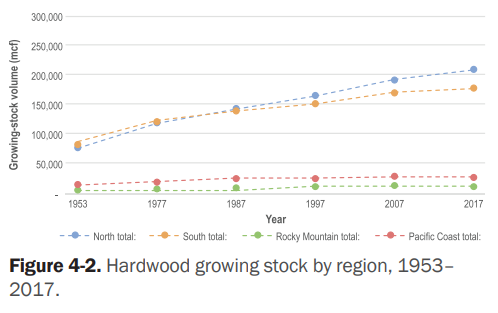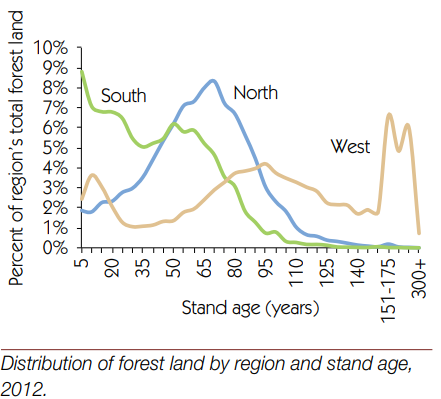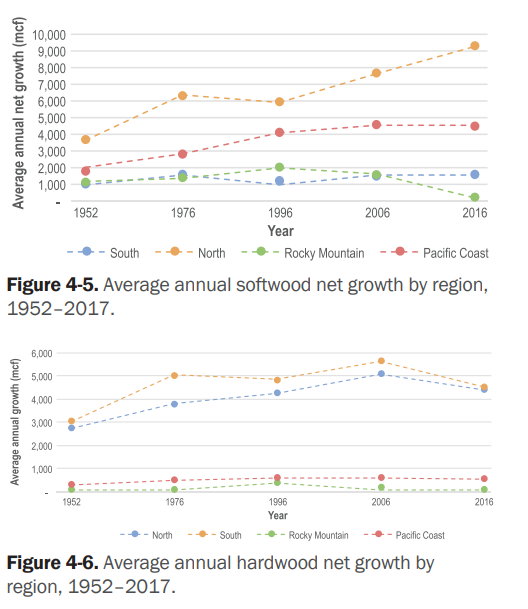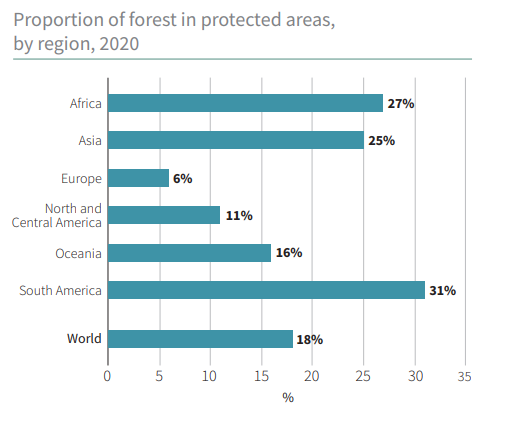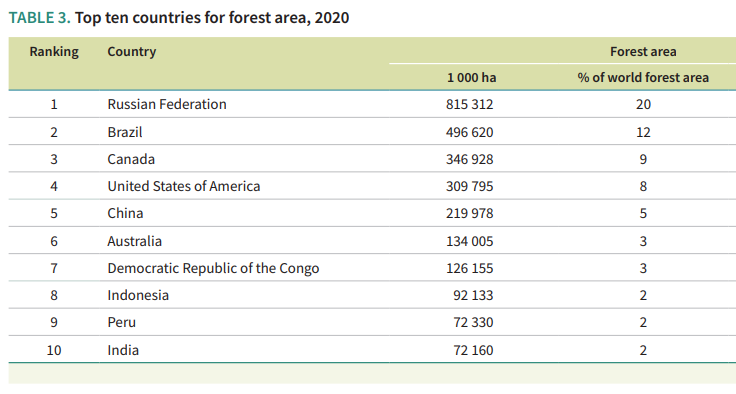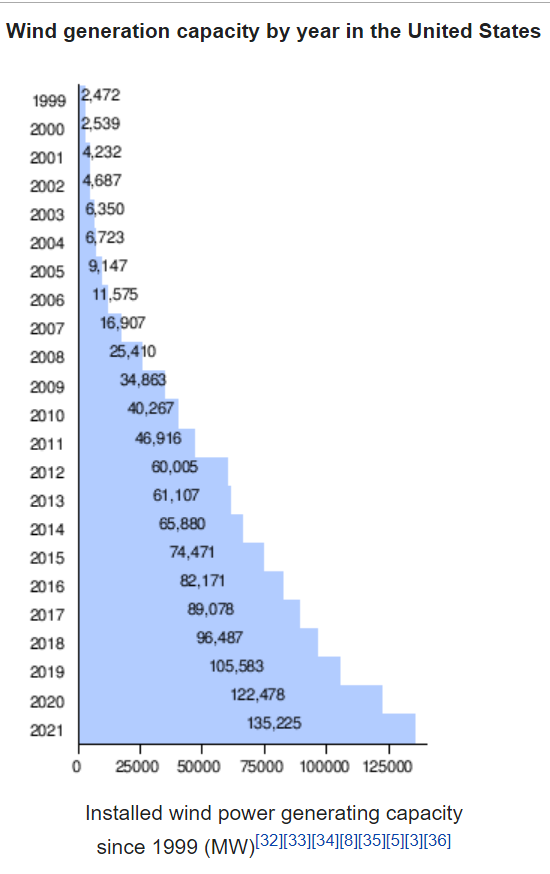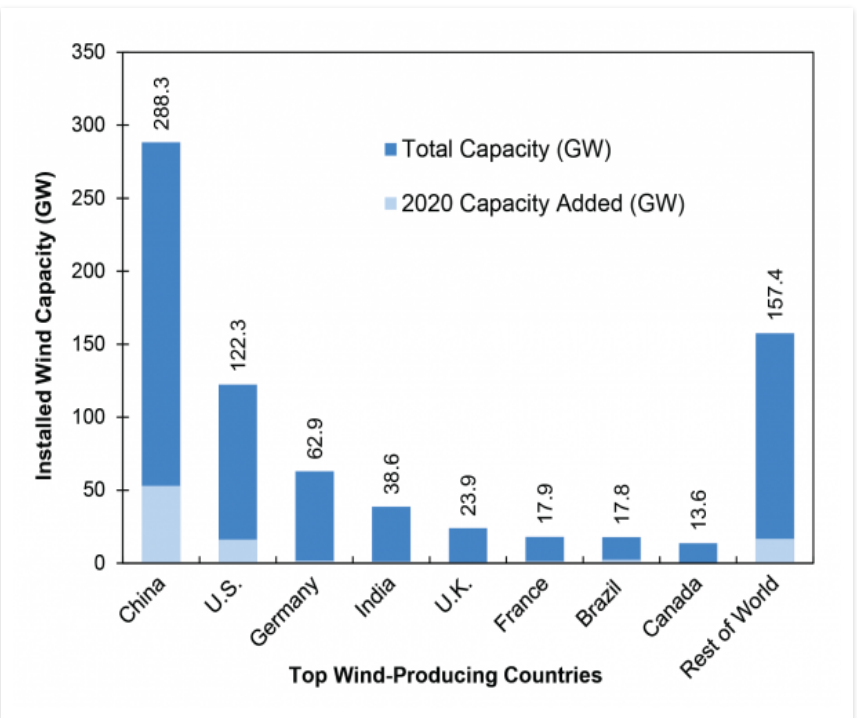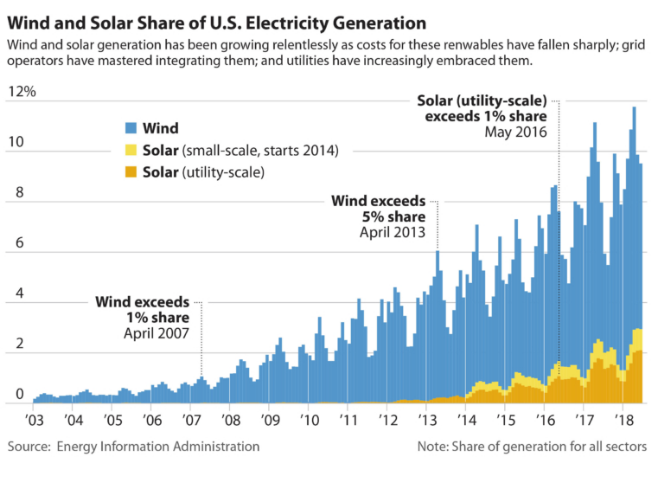
https://en.wikipedia.org/wiki/Charles_Taylor_(philosopher)
Introduction
It’s 1991, heavyweight Oxford philosopher Charles Taylor is gaining popular recognition for his pathbreaking 1989 work “Sources of the Self”, a bold attempt to describe the current “self” and where it came from. He was invited to deliver the Massey Lecture in his home nation Canada, which he titled “The Malaise of Modernity”. The Berlin Wall fell at the end of 1989, ending the cold war. Ronald Reagan (1981-89) and Margaret Thatcher had abruptly ended the expansion of the state and the possibility of a counterculture; or had they?
Taylor argues that the “logic” of technology, science, economics and bureaucracy, which he terms “instrumental reason”, continues to grow in influence; larger national state or not. He argues that a historically radical “individualism” has grown throughout the post-war years, generally unexamined. Finally, he notes that these two trends combine to threaten Western representative democracy.
At the time, popular culture, reflected in TV shows like Dallas and “Lifestyles of the Rich and Famous”, celebrated the victory of the “neo-liberal” center-right and looked forward to a glorious future. In 1992, Francis Fukuyama proclaimed “the end of history”, with Western style liberal democracy and mixed market capitalism extinguishing the threats from fascism and communism. Taylor was quite pessimistic about the cultural challenges of the present, but optimistic about the long-term possibilities.
Taylor is often grouped within the diverse “communitarian” collection of philosophers and social scientists who argue that “classical liberalism” is inherently too oriented towards the individual and neglects the community dimension of life and philosophy.
https://en.wikipedia.org/wiki/Communitarianism
I. Three Malaises
Life is good, but social critics still complain. What ails the public? What “losses” or threats are being felt by the sensitive? First, the counterculture may have been buried in 1969 or 1972 but one dimension continued to revolutionize the Western world. Individuals were not giving up on “free choice” in any dimension. Speech, career, lifestyle, college, city, religion, politics, media, language, dress, etiquette, travel, leisure, gender, marriage, and child rearing choices. Twenty years of freedom had resulted in a new cultural norm of tolerance for individual choices. Nietzsche may have declared that “God is dead” in 1882, but it took a century to percolate through to large numbers of Western citizens. The post-war period witnessed a conservative cultural and religious rebound, but it was not sustained.
Taylor contrasts this radically new moral freedom with the prior 20 centuries. There are certainly advantages to freedom, especially removing the restraints of political, religious, social and economic institutions from individuals. Few people want to turn back the clock and re-install the static, hierarchical, controlling, prejudiced society. Yet, the individualistic transformation through the Renaissance, Enlightenment, Protestant Revolution, Scientific Revolution, American Revolution, French Revolution, and Russian Revolution had not been a uniform march of progress. Individuals had lost their well-defined place in an orderly, meaningful universe.
The new individualism, deeply rooted in Jean-Jacques Rousseau, attempted to rebuild this secure place by returning to the allegedly positive state of man before society had corrupted the individual. The individual was invited to look within to discover their innate goodness and role in society. By 1991 the post-war “therapeutic culture” was very well advanced. Individuals had “discovered themselves” and they liked this new freedom. They looked to counselors and educators to help with their personal growth. Many critics responded to this new approach quite negatively, calling it mere self-centeredness.
The growth of size, scale, trade, complexity, science, process, dynamics, technology, computers, finance, capitalism, business, machinery, industrialization, urbanization, law, and transportation in the 20th century greatly elevated the role of “instrumental reason”. The technical control of nature. New production methods. Cost/benefit ratios. Scientific finance. Optimization. Operations research. New technologies. Processes. Systems. Re-engineering. Social sciences. Experimental psychology. Communications. Every dimension of life can be rationalized and improved.
The scientific, urban and industrial revolutions were met by the Romantic reaction in the 19th century. Nationalism, art, music, nature, anthropology, modern poetry and literature, history, culture, language, and customs. Hegel, Marx, Freud and Jung. Methodist, Baptist and Pentecostal religious options. In the 18th century Kant asserted that man must be an end, not merely a means to an end. Humanity reacted strongly against the threats to its inherent human dignity.
Like many philosophers and social critics since 1850, Taylor worries that the market, bureaucracy and technology will become dominant over human and moral dimensions. The methodologies are highly effective and widely applied. They are continually improved. The market and bureaucracy have direct political power and influence. Mostly, Taylor worries that the ubiquitous use of these tools elevates them to become the ENDs of society. Cost/benefit. Optimized processes. GDP. GDP growth. Scientific progress. New patents. Life expectancies. Controlled risks. Optimum portfolios. He also worries that only quantitative factors that fit into the formulas will matter. Morality has to work very hard to even be considered in this world.
The widespread use of instrumental reason in markets and bureaucracies leads to a limited range of choices for individuals, employees, bureaucrats, politicians and voters. Most people can only think in terms of rational control of inputs to produce outputs. The consideration of the most valuable outputs is undermined. The scale of the political process undermines the incentives for participation. The “individualist” mindset removes citizens from political participation. Instrumental reason demonstrates effective “cause and effect”, but political participation does not produce such direct returns. Individuals lose faith in the political process.
II. The Inarticulate Debate
In 1991, without any public debate, we now live in a world that prioritizes each individual’s search for his own unique inner purpose, meaning, ends, talents, insights, creativity, feelings, intuition, identity, possibilities, strengths, and opportunities.
Each person should be true to themselves. Per Maslow they should aim for self-actualization. This is a subjective world. Each person is empowered to pursue their own goals. Others must not interfere with this choice. Tolerance is elevated to a very important social value.
Social scientists explain the increased individualism as part of economic, scientific, urban and industrial changes. They avoid moral discussions.
Taylor wants to elevate moral considerations. What does a radical individualism mean for morality? Is moral subjectivism valid, in any way? Can the individual be moral apart from his relations with individuals? Can the individual be moral apart from his relations with society? Truly radical individualism cannot be moral in Taylor’s view. The individual cannot make significant others merely tools, nor can he ignore the moral preferences of others.
Is moral relativism consistent with other values? Taylor says “no”. Choose any basis for a moral world view. Relativism cannot be supported.
III. Sources of Authenticity
Rousseau is most important. The individual is inherently good. He is altered by society. He has an opportunity to become aware of the influences of society and overcome them. This is the extreme, utopian, positive individualistic view. The individual makes choices without regard to any external influence. The individual guards against the influence of external factors.
Descartes assumed away everything except disengaged reason. No body. No society. No feelings. No actions. No relationships. No history. No art. No future. Hobbes and Locke created a world in which the individual rationally participates in the political.
Taylor notes that the “inward turn” is not inherently solipsistic. St. Augustine described his internal turn which resulted in a connection with God and the eternal.
Herder emphasized the original or unique dimension of each individual.
IV. Inescapable Horizons
Taylor applies the usual logic against pure subjectivity, relativism and tolerance. You can have no true moral view unless you prioritize one view versus another or one set of values versus another. The pursuit of individual meaning and authenticity does not require that all final, considered moral views are equal. The individual’s moral views are inescapably influenced or determined by the views of others. We cannot develop moral views in isolation, we must have dialogues with others.
There is a logical fallacy widely used. Choice is good. Diversity is good. Difference is good. Each option is good. These are merely assertions. They do not follow from any logical or values-based structure.
The individual’s process of discovery, creation and choosing is raised up to become a self-evident axiom of highest value. Taylor argues it is not self-evident and is not clearly supported by some other set of values. He says that it “could be” a highly valued part of life, but that position must be supported by some values that are defined outside the self, by the community or significant others or religion or philosophy, all outside of the narrow self.
V. The Need for Recognition
In this world of “finding yourself”, the individual also looks to others for validation and confirmation that their discovery, results, values, roles and identity are “good”. The individual cannot confirm his own journey or results but must turn to others. Self-discovery may be a highly valued good in our society, but it must be based upon something other than the self alone. The individual claims that universal human dignity supports his call for respect and affirmation. The postmodernists apply this logic to oppressed minority groups as well, claiming that they must be recognized.
Taylor dismisses the completely self-centered approach to self-discovery that rejects any need for external links to others, community, nature or God as logically incoherent. Just as Kant said that humans must be ends and not merely means, Taylor argues that external entities must also be ends and not merely instrumental means for the self.
Taylor identifies two ethical standards that are often asserted by promoters of personal growth. Each person has a right to pursue their own journey, so there is a need to limit that journey so as to not infringe upon the journeys of others. Intimate relationships are required to pursue an in-depth exploration of an individual’s inner self, capacity, resources, feelings and potential. Hence, respect for significant others is required.
Taylor returns to the “choice creates value” and “difference creates value” assertions. Some proponents of individualism argue that the fact that different people choose different “ways of being” directly makes them valuable and worthy of respect, reinforcing a universal tolerance. Taylor reminds the reader that there is no logical support for this view. Similar, some argue that men and women are equal or sexual orientations are equal because they are freely chosen. Taylor rejects this and requires that the argument return to a logical or moral basis for support.
He extensively quotes Gail Sheehy’s “Passages” to illustrate the extreme individualistic view, “You can’t take everything with you when you leave on the midlife journey. You are moving away. Away from institutional claims and other people’s agenda. Away from external valuations and accreditations. You are moving out of the roles and into the self … For each of us there is the opportunity to emerge reborn, authentically unique, with an enlarged capacity to love ourselves and embrace others … The delights of self-discovery are always available.”
VI. The Slide to Subjectivism
Taylor admits that many pursue the narcissistic version of extreme individualism directly. They don’t need to rationalize or justify it. Self-fulfilment is a self-evident moral and ethical ideal for them. Once this version of “the good life” is seen, some will adopt it as is. This worldview makes life straightforward, no need to balance the self and others or the self and community or the self and pesky demands of external moral standards.
The more extreme versions are also promoted by social situations. The individualistic culture has many threads. The market and consumerism are individual oriented. Large organizations prioritize instrumental reasoning to reach individual goals. A market economy emphasizes transactions and contracts between individuals. Many religions have individualistic perspectives today. Science, technology and instrumental reasoning focus on spare logic and atomistic views rather than organic, natural, process, dynamic and artistic ones. Individualists treat community, friendship and religious connections as instruments of their world rather than more complex, transforming, multiway relationships. Mobility undercuts personal ties. Urban living promotes impersonal interactions. One can live a very individualistic life today.
Postmodernism, the descendant of Nietzsche, seeks to undermine or deconstruct all objective values or categories as mere tools of entrenched power groups. All values are merely created as tools. Why not create “freedom” as the main value and enjoy your role as the superman; creator of values, language and life?
Taylor emphasizes the mixture of the Romantics and Nietzsche in the emergence of the self-creating artist as hero in the last century. This runs in parallel with the authenticity of personal self-discovery. Each person is unique. They pursue their special gifts through creativity and artistic production, experimentation, action and discovery. They do not imitate nature or copy existing models but create new languages, viewpoints, art, relationships, pottery, feelings, experiences, music, drama, travel, sport, etc. Expressive individualism is well described. Taylor supports this creative process, its outputs and the expansion of human capabilities.
He doesn’t support postmodernism when it only emphasizes the creative process but ignores any ties to moral values or philosophy based outside of the self alone. He disputes the need for the creative individual to automatically reject and fight against all existing forms of morality held by others or communities. He insists that the creative individual must be in dialogue with significant others and society in order to provide meaning and goals for the journey and to validate the journey. Taylor rejects the totally isolated individual model.
Taylor recognizes that the aesthetic perspective offers its own truth, beauty and satisfaction separate from the moral perspective. He sees this too as another opportunity for modern man to live an enriched life. He accepts that some individuals may prioritize the aesthetic perspective above the moral perspective but does not recommend it. He notes that authenticity is often proclaimed as its own goal by fiat or assumption. It is alleged to be a self-evident truth, goal and value not requiring a moral foundation, just like beauty. Authenticity and art become intertwined as forms of self-expression.
Taylor ends this chapter noting that an individual who truly buys into self-expression and self-creation can find a form of meaning and satisfaction in the journey and the sense of freedom and power which it provides. His complaint is that it logically cannot be isolated from other people and morality. When this is done there is no meaning remaining. There is only the self, an atom among an infinite and cold universe. The individual makes choice after choice after choice, but the choices have no meaning. The world becomes flat.
VII. The Struggle Continues
Taylor notes that critics such as Bloom, Bell and Lasch are correct to attack the extreme forms of egotistical self-fulfillment. He argues that attacking the overall expansion of individual self-exploration and growth is counterproductive. There can be no logically coherent merely individualistic philosophy. It must link to other individuals and some moral principles. The individualist genie cannot be put back in the bottle. Society as a whole, especially its thought leaders, must find a way to ensure that this connection of the individual to the community and logic occurs.
Taylor asserts that everyone, even the critics, must acknowledge that we live in a world where self-development, human potential and fulfilment are accepted goals and practices with value to individuals and society. The exact forms are not perfectly developed, but very few people are going to reject this approach to life.
He more positively notes that this path of development does provide opportunities for self-development and for social contributions. Individuals are encouraged to explore, create and live a fuller life. In an ironic way, the truly authentic journey requires greatly increased self-responsibility and self-control. The opportunities are so great. The responsibility to make wise choices, to interact with others, to consider moral frameworks, to link the individual and community, to combine freedom with commitment, to balance the claims on life is higher in a self-aware modern life.
The upside potential is great. The downside risk of a simple egoism is great. The tension between the higher and lower versions of this new path of life is great. Taylor argues that we are stuck with this situation, should not by gloomy, but should work to define the tensions, guide and encourage individuals on the high road.
VIII. Subtler Languages
Taylor returns to the journey of personal self-discovery and creation in parallel with the journey of the modern artist. The modern artist by 1800 had lost the common background of known and assumed literature, religion, culture and society. The artist was tasked with developing their own language, background, symbols, characters, plots and conclusions. The artist could not rely upon the reader, listener or observer to share a common understanding of the artistic background. The artist was forced to rely upon his own vision and experience, and then communicate that in precise ways so that the content and feeling would resonate with the consumer. This changed art into a very individual to individual format. The subject matter also often focused on the individual, BUT not necessarily so. Much great art continues to be about nature, the universe, community, the relation of the individual to others or the community.
The same contrast applies to the authentic journey of self-discovery. The manner of the journey is clearly subjective revolving around the individual. BUT the individual can find his relation to the community, nature, eternity, God, a larger order, neighbors, science, history, family, etc. The individual can find that the most important lessons are only secondarily about the self.
IX. An Iron Cage?
Taylor argues that instrumental reason/technology can be viewed as above. There is a long history of technology, science, economics and bureaucratic forms growing more complex, effective and controlling. They are supported because they work. The risk is that they replace the end goals of individuals, firms and society. Application of the decision-making forms becomes the end goal because they are, well, so efficient and effective. What other goal could there be?
Economic rationality, markets and bureaucracies, science and technology have become second nature, a background assumption in modern society. Individuals use their methods each day. This familiarity shapes our thinking in all realms. Yet, there has been a gut-level suspicion and opposition throughout the last 500 years. Analog, superstitious, grounded, habitual, traditional, organized, historical, religious creatures have resisted the creation of abstract forces that replace their familiar ways. The Luddites, Marxists, Utopian Socialists, Farmer-Labor party, romantics, science fiction writers and greens have all opposed the unchecked advance of technology.
Taylor outlines the extensive influence of instrumental reasoning as a background assumption in our society. He encourages us to look at the underlying moral frameworks that have supported technological progress and to consider this reasoning as merely a tool. He notes that disembodied reasoning in mathematics and computers is given a privileged place in our thinking but there is no good case for this view which was really just assumed one day by Rene Descartes.
“This is grounded in a moral ideal, that of a self-responsible, self-controlling reasoning. There is an idea of rationality here, which is at the same time an idea of freedom, of autonomous, self-generating thought”. Technology can be placed within the context of other moral principles such as benevolence and caring. The application of instrumental reasoning impacts real flesh and blood people, so this moral context matters.
X. Against Fragmentation
Radical individualism and dominating technology both threaten well-functioning democracies. The first simply ignores the need for community and political participation. The second makes impersonal forces appear so strong as to make political participation irrational. There is a vicious/virtuous cycle dimension. Lower participation results in worse results … More effective participation results in better results …
Finding a more effective middle ground of improved self-responsibility can help the individual, the community and politics. Finding a more effective middle ground regarding the unwarranted expansion of technology can help to re-establish moral and political principles as drivers of political debate and results. Taylor calls for a balance among the 5 competing areas of markets, government, social welfare, individual rights and democratic effectiveness. He argues that this is more effectively done at smaller scales, so decentralization is a key tool. He notes that success at any level can help to improve politics at other levels. Taylor is concerned that social trends can overwhelm institutions. Yet, he believes that intellectuals can help to clarify the role of ideas in shaping politics and culture. Better ideas can compete against simplistic models and slogans that don’t work for society. There is an unavoidable tension, a give and take, in society and politics. We have the ability to shape these debates for the common good.




